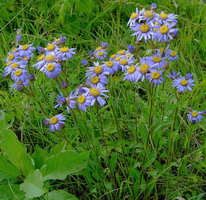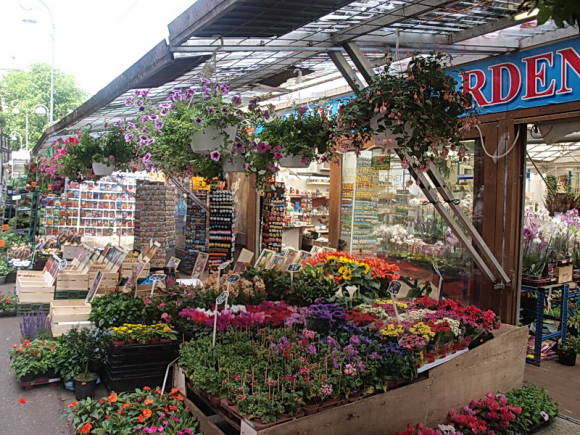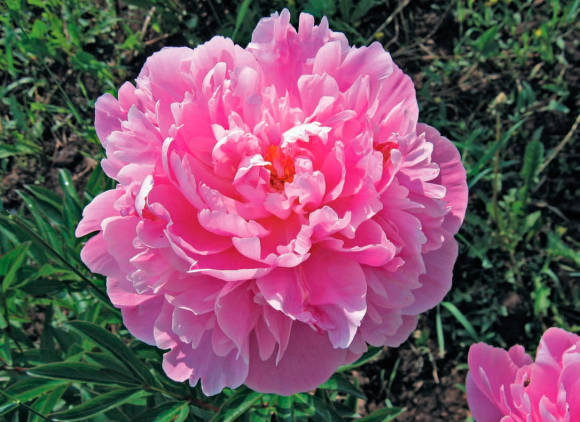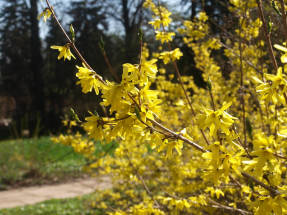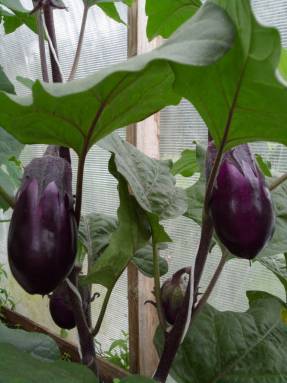 February is coming. And along with it, and the period of cuttings and pruning for indoor plants. Right now, when daylight hours begin to increase, it is best to carry out these operations - the cuttings will root better, and new shoots on the cut branches will grow strong, saturated green, and not elongated and pale.
February is coming. And along with it, and the period of cuttings and pruning for indoor plants. Right now, when daylight hours begin to increase, it is best to carry out these operations - the cuttings will root better, and new shoots on the cut branches will grow strong, saturated green, and not elongated and pale.
Leaves (begonias, gloxinia, violets, streptocarpus, jerky) and shoots are used as material for cuttings. Annual and semi-lignified shoots are best rooted, the tops and middle of the shoots removed during pruning are also suitable. You need to trim according to the desired crown shape, preferably for the same length of shoots. Long shoots are shortened, diseased, weak and growing inside the crown are removed completely. Only healthy shoots are used for cuttings.
 For example, take pelargonium... Leave 3-4 strong shoots on the plant, remove the rest. Feed the plant with a full complex fertilizer based on humic acids, and if it has not been transplanted for 2-3 years, transplant it into a new nutrient soil. After such procedures, the bush will look younger, new shoots will grow, and the flowering will be more magnificent. Keep the plant in a bright place at a temperature of about + 20 ° C, water abundantly without waterlogging and overdrying the soil. Waterlogging can be avoided if the substrate is allowed to dry out between waterings to the bottom of the container in which you are rooting. Adhere to the same watering scheme for the further growing of plants.
For example, take pelargonium... Leave 3-4 strong shoots on the plant, remove the rest. Feed the plant with a full complex fertilizer based on humic acids, and if it has not been transplanted for 2-3 years, transplant it into a new nutrient soil. After such procedures, the bush will look younger, new shoots will grow, and the flowering will be more magnificent. Keep the plant in a bright place at a temperature of about + 20 ° C, water abundantly without waterlogging and overdrying the soil. Waterlogging can be avoided if the substrate is allowed to dry out between waterings to the bottom of the container in which you are rooting. Adhere to the same watering scheme for the further growing of plants.
Cut the cut stems into cuttings. The standard for any cutting in lengths from 5 to 15 cm. The standard for the cutting of pelargonium is 2-3 internodes (part of the stem between the leaves) and 3-4 leaves. Remove the lower leaves, cut the upper ones in half, pinch the apical growth point (if using the upper part of the stem). Cut off the cuttings with a sharp knife or razor blade. Make the bottom cut along the knot (where the leaves grow from), not in the middle of the stem. It should not be straight, but oblique. It is best to cut the cutting with a heel (a piece of an old stem) - these cuttings take root faster. The top cut should be made 1 cm above the top sheet.
When cutting cuttings in ficuses and other plants that have milky juice, immediately rinse the base of the cutting in warm water to rinse the juice. Otherwise, it freezes and clogs blood vessels, preventing water absorption and root growth.
Rooting can be carried out in water, sand, perlite, vermiculite or a soil mixture that is poor in organic matter, for example, in a substrate for cacti. When rooting in water, make sure that the base of the cutting does not touch the walls or bottom of the jar, but is placed freely in the water. Watch the water level, add and change the water in a timely manner if you see signs of decay. Examine several cuttings in one container especially carefully. Cuttings should be submerged in water or substrate 10-12 cm in length. Roots are formed at the site of leaf nodes. It may happen that each leaf node will have roots. "Extra" roots do not need to be removed.
 The water should be at room temperature, you can add a tablet of activated carbon to it to prevent the development of rot, and also use rooting preparations - Potassium humate, Zircon, Kornevin and others.
The water should be at room temperature, you can add a tablet of activated carbon to it to prevent the development of rot, and also use rooting preparations - Potassium humate, Zircon, Kornevin and others.
Keep the cuttings at a temperature not lower than + 20 ° C in a bright place, but not in direct sunlight. When rooting in the substrate, try to observe the watering regime without waterlogging and overdrying. Spray cuttings 3-5 times a day to increase air humidity and reduce water evaporation. You can create mini-greenhouse conditions for the cuttings by covering them with a transparent bag, cake lid or jar.
During the rooting process, some leaves will turn yellow. It's not scary, it's just that the stalk takes food from them for root formation. Pinch off the yellowed leaves.Even if there is only 1 leaf left on the cutting, such a cutting is also capable of giving roots.
If the rooting conditions are favorable, the roots will appear in 2-3 weeks. Under unfavorable conditions and in difficult-to-root plants, rooting occurs within about 1.5 months.
